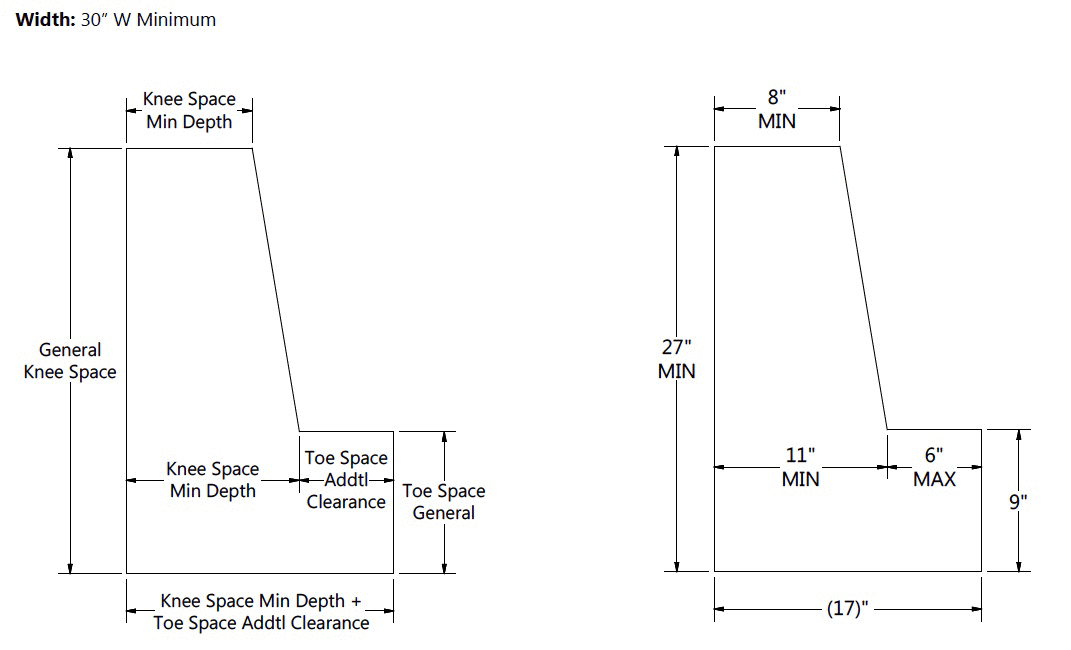When designing or renovating spaces, understanding door clearances is essential for ensuring accessibility and safety. Proper door clearances not only facilitate easy movement for all users, including those with disabilities, but also enhance learn about door clearances here overall functionality in any environment. This article explores the importance of door clearances, the key requirements, and best practices for implementation.

The Importance of Door Clearances
- Accessibility: Adequate door clearances are vital for individuals using wheelchairs, walkers, or other mobility aids. Properly designed doorways ensure that everyone can enter and exit spaces comfortably and independently.
- Safety: Sufficient clearances help prevent accidents and injuries. When doors open freely without obstruction, it reduces the risk of collisions and allows for safe egress in emergencies.
- Compliance with Regulations: Many jurisdictions have specific building codes and standards, such as those outlined in the Americans with Disabilities Act (ADA), that dictate the minimum requirements for door clearances. Meeting these regulations is essential for legal compliance and avoiding penalties.
Key Door Clearance Requirements
- Minimum Width: For doors to be considered accessible, the clear opening width must be at least 32 inches when the door is open at a 90-degree angle. This width allows for easy passage for individuals using mobility devices.
- Threshold Height: The height of any threshold at the doorway should not exceed ½ inch for accessible routes. For exterior doors, a beveled edge is recommended to facilitate smooth transitions.
- Swing Space: Doors should be designed to swing freely, requiring enough space in front of the door for individuals to approach without obstruction. The recommended space is at least 18 inches from the door handle to any adjacent wall or obstacle.
- Clear Floor Space: There should be adequate clear floor space on both sides of the door to allow for easy maneuvering. A minimum of 60 inches by 60 inches of clear space is ideal for facilitating wheelchair access.
- Door Operation: Accessible doors should be easy to operate. Lever handles, push plates, or automatic door openers can enhance usability for individuals with limited hand strength or dexterity.
Best Practices for Implementing Door Clearances
- Consult Accessibility Guidelines: Familiarize yourself with local building codes and ADA guidelines to ensure compliance with door clearance requirements during design and renovation projects.
- Conduct a Site Assessment: Before installation, assess the space where doors will be placed. Consider how the door will function in relation to furniture, walls, and other obstacles.
- Choose Appropriate Hardware: Select door hardware that is easy to use for everyone, including those with disabilities. Opt for lever-style handles or automatic openers that minimize the effort needed to open doors.
- Regular Maintenance: Periodically check doors for obstructions, proper operation, and any needed repairs. Maintaining clear access is essential for ongoing compliance and safety.
- User Feedback: Involve users in the design process, especially individuals with disabilities. Their insights can provide valuable information about how well door clearances meet their needs.
Conclusion
Understanding and implementing proper door clearances is crucial for creating accessible and safe environments. By adhering to minimum requirements and best practices, you can ensure that all individuals, regardless of mobility, can navigate spaces with ease. Whether you are designing a new building or renovating an existing one, prioritizing door clearances contributes to a more inclusive and functional environment for everyone. Making these considerations a standard practice not only fulfills legal obligations but also reflects a commitment to accessibility and respect for all users.
